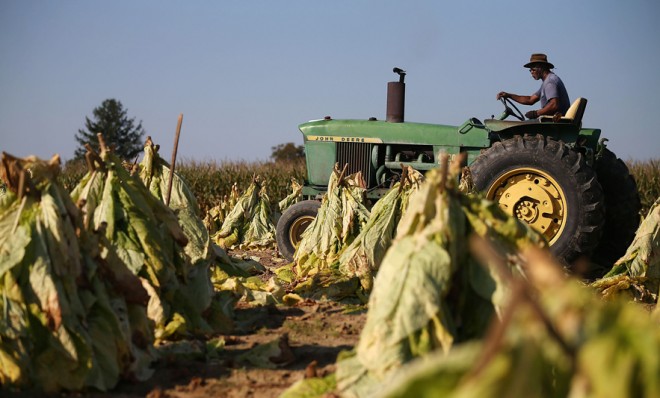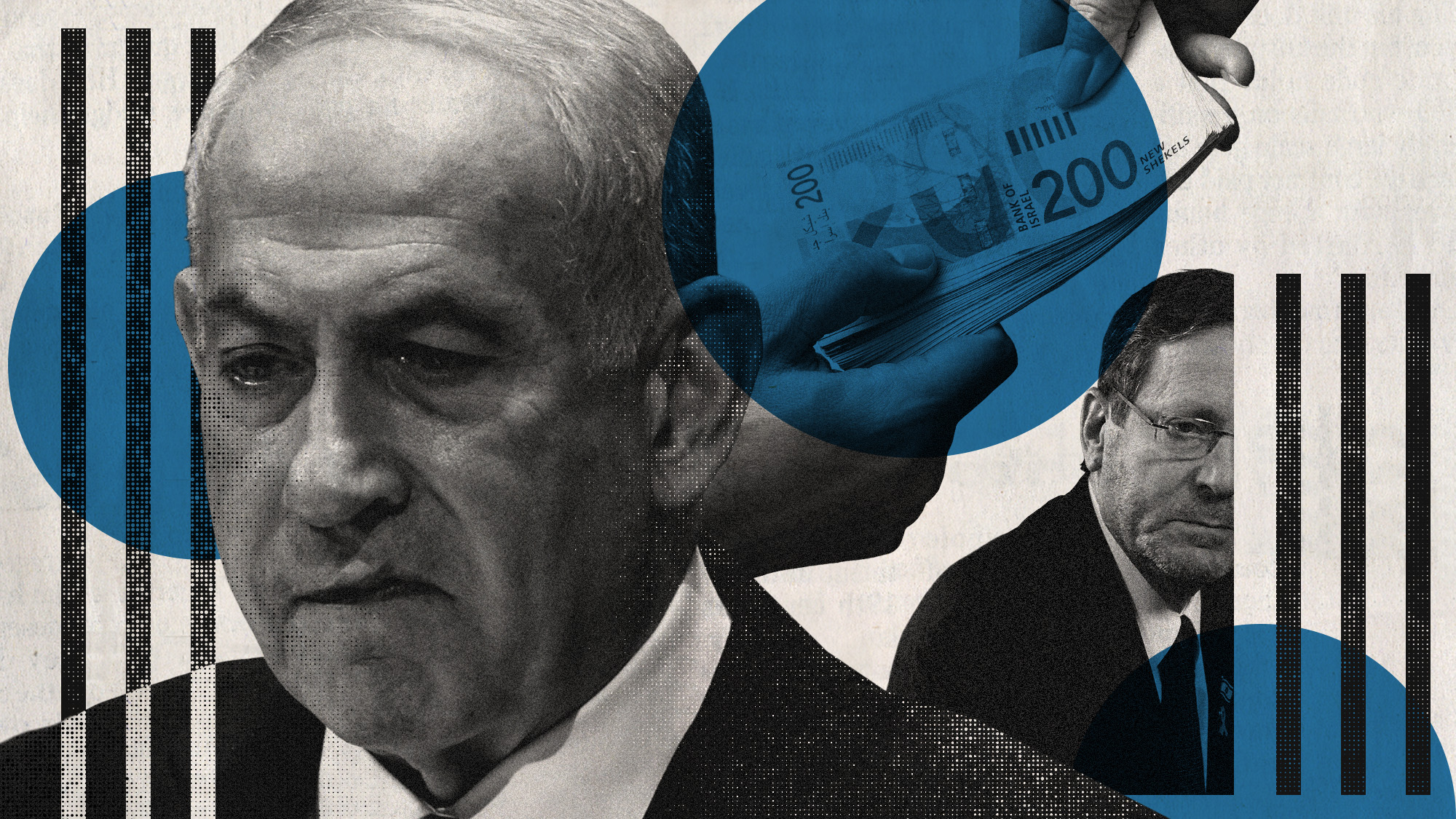Farm subsidies: A welfare program for agribusiness
It's one of the most widely reviled federal programs. So why is Congress fighting to save farm subsidies?

Why is the farm bill so controversial?
Critics contend that the subsidies it hands out are wasteful, illogical, and counterproductive — a welfare program for millionaires and giant agribusinesses. Over the last decade, the farm bill has cost taxpayers more than $168 billion. In theory, the program uses loans, price supports, and payments to protect family farmers from the fickle fluctuations of weather, price, and economic conditions, so that their businesses remain stable and Americans are ensured a steady supply of affordable food. In practice, the program keeps food prices high, costing consumers billions, while funneling most of its aid to giant agribusinesses and wealthy farmers. About 75 percent of total subsidies go to the biggest 10 percent of farming companies, including Riceland Foods Inc., Pilgrims Pride Corp., and Archer Daniels Midland. Among the "farmers" who get federal subsidies are Bruce Springsteen (who leases land to an organic farmer), Jon Bon Jovi (who owns bee colonies), former President Jimmy Carter, and billionaire media mogul Ted Turner. "The typical farmer has literally millions of dollars of wealth," said Dan Sumner, an agricultural economist at the University of California, Davis.
What about the average farmer?
The Week
Escape your echo chamber. Get the facts behind the news, plus analysis from multiple perspectives.

Sign up for The Week's Free Newsletters
From our morning news briefing to a weekly Good News Newsletter, get the best of The Week delivered directly to your inbox.
From our morning news briefing to a weekly Good News Newsletter, get the best of The Week delivered directly to your inbox.
He's doing pretty well too. Despite droughts and high temperatures, farmers have enjoyed record crop-production levels and prices, as well as double-digit increases to the value of their land for the third year in a row in 2013. In fact, most farmers are wealthier than the average American, with a household income of $87,289 in 2011 — 29 percent higher than the $67,677 average for all U.S. households. And yet many still get taxpayer dollars to protect their incomes. In fact, the farm bill pays some farmers not to grow crops — in order to avoid oversupply that would drive food prices down for the rest of us. "Only an evil genius could have dreamed this up," said Scott Faber, vice president for governmental affairs at the Environmental Working Group.
How did the program start?
Subsidies originated during the Great Depression and the Dust Bowl catastrophe of the 1930s, when there was a genuine fear that the nation's agricultural sector was on the brink of collapse. At that time, about a quarter of the country's population lived in rural areas, and tens of thousands of American families found themselves literally in danger of "losing the farm." So President Roosevelt pushed through the Agricultural Adjustment Act, which pegged crop prices to their historic highs and introduced the policy of paying farmers not to produce. It was supposed to be a "temporary solution to deal with an emergency," as Secretary of Agriculture Henry Wallace put it. But in 1949 the Agricultural Act was made permanent, and — more than six decades later — a version of that same legislation still exists today.
Why not reform the program?
A free daily email with the biggest news stories of the day – and the best features from TheWeek.com
Congress tried that in 1996, with the Freedom to Farm Act, which removed price supports and grain management in an attempt to let the free market dictate prices. That reform didn't last long. As commodity prices fell and farmers began to complain, lawmakers caved in and introduced several new programs that continue today. They include the much-criticized "direct payments" to farmers — checks written regardless of market conditions or the farmer's crop yields — and the controversial crop insurance program, which critics say has encouraged widespread fraud. In that program, taxpayers pick up 62 percent of any farmer's insurance premiums and help fund payouts if a claim for crop damage is made.
Why not kill subsidies altogether?
Politics. The farm lobby has immense power in Washington, thanks to its generous contributions to congressional campaigns and political parties, and to the large number of legislators from farm states — most of them Republican. Democrats have also traditionally supported the farm bill because it contains food stamp funding. This year, that partnership broke down, when House Republicans passed a version of the farm bill that strips the legislation of its food stamp provisions for the first time since 1973. President Obama responded by threatening to veto any legislation that doesn't include food stamp funding. At the moment, the situation is at a stalemate.
What's likely to happen?
A deal will probably get cut that will keep farm subsidies fairly intact. The House version of the bill, in fact, contains some of the most generous farm spending in history: While ending direct payments, the legislation channels $8.9 billion into an expanded crop insurance program, which already ballooned from $1.5 billion in 2002 to $7.4 billion by 2011. In the House bill, moreover, the farm subsidies that used to expire every five years are made permanent. "It's hard to understand how anyone in the House who calls himself a conservative could support this, but many did," said Chris Chocola, president of the free-market-oriented Club for Growth. "They're locking in historically high commodity prices at taxpayer expense."
New York City's 'farmers'
New Yorkers wouldn't know it, but they live in a city of farmers. Over the last decade, the farm bill has paid out millions of dollars in subsidies to more than 1,500 city residents — 374 on the plush Upper East Side alone. They aren't receiving payments for farms in the city, but for property they own elsewhere. Recipients include Mark F. Rockefeller, a fourth-generation heir of the famous family who was paid $342,634 to not farm from 2001 to 2011, so that his land in Idaho could return to its natural state. Other top New York farmers include a managing director at Wells Fargo bank, and a neurologist in Queens. "Payments are going to people in Manhattan who simply have invested in farmland and are about as far away from farmers as one could imagine," said Craig Cox, senior vice president for agriculture and natural resources at the Environmental Working Group. "That should really make people wonder what on earth has happened to the farm program."
-
 ‘They’re nervous about playing the game’
‘They’re nervous about playing the game’Instant Opinion Opinion, comment and editorials of the day
-
 Will Netanyahu get a pardon?
Will Netanyahu get a pardon?Today's Big Question Opponents say yes, if he steps down
-
 December’s books feature otherworldly tales, a literary icon’s life story and an adult royal romp
December’s books feature otherworldly tales, a literary icon’s life story and an adult royal rompThe Week Recommends This month's new releases include ‘The Heir Apparent’ by Rebecca Armitage and ‘Tailored Realities’ by Brandon Sanderson